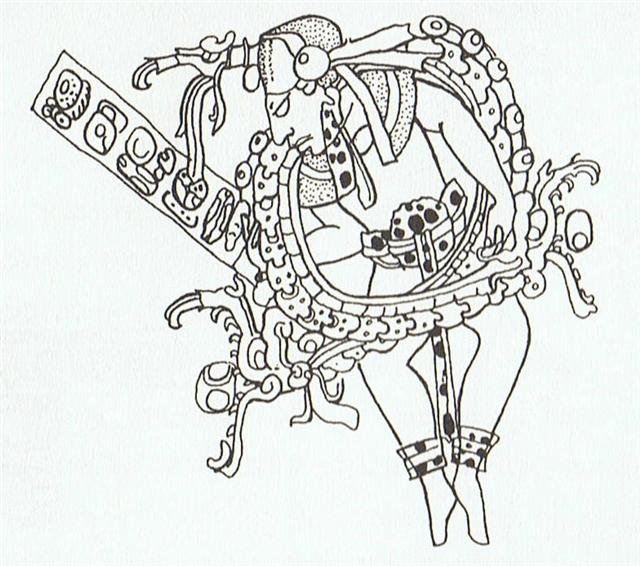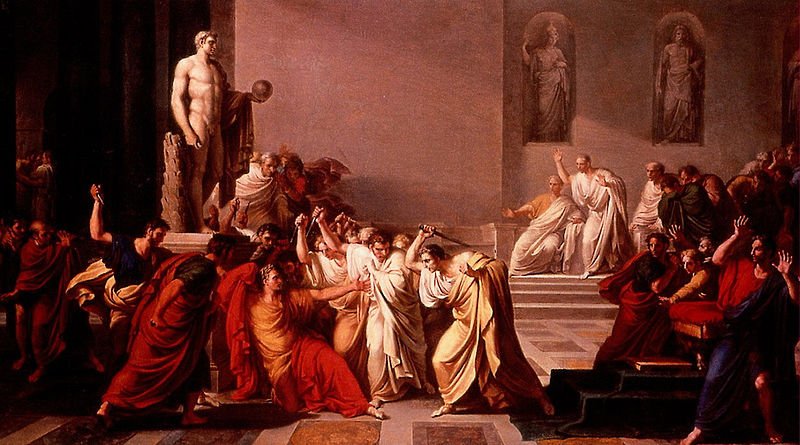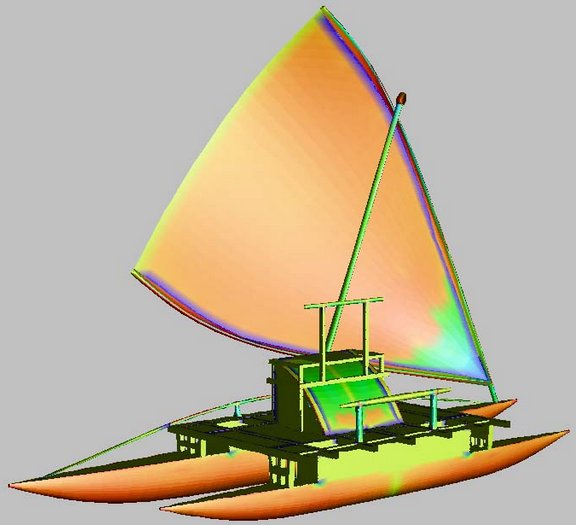By counting 398 glyphs ahead from heliacal Aldebaran at Ga1-4 we will reach heliacal Sirius:
It is hardly a coincidence that Gb6-20 seems to visualize how the central element appears to be in chains with 6 small eyes, restraining further movement. The name Aumea for Aldebaran could allude to the goddess Haumea, Mother Earth (henua): ... The 'living god', moreover, passes the night prior to the dismemberment of Lono in a temporary house called 'the net house of Kahoali'i', set up before the temple structure where the image sleeps. In the myth pertinent to these rites, the trickster hero - whose father has the same name (Kuuka'ohi'alaki) as the Kuu-image of the temple - uses a certain 'net of Maoloha' to encircle a house, entrapping the goddess Haumea; whereas, Haumea (or Papa) is also a version of La'ila'i, the archetypal fertile woman, and the net used to entangle her had belonged to one Makali'i, 'Pleiades'. Just so, the succeeding Makahiki ceremony, following upon the putting away of the god, is called 'the net of Maoloha', and represents the gains in fertility accruing to the people from the victory over Lono. A large, loose-mesh net, filled with all kinds of food, is shaken at a priest's command. Fallen to earth, and to man's lot, the food is the augury of the coming year. The fertility of nature thus taken by humanity, a tribute-canoe of offerings to Lono is set adrift for Kahiki, homeland of the gods. The New Year draws to a close. At the next full moon, a man (a tabu transgressor) will be caught by Kahoali'i and sacrificed. Soon after the houses and standing images of the temple will be rebuilt: consecrated - with more human sacrifices - to the rites of Kuu and the projects of the king ... The correspondence between the winter solstice and the kali'i rite of the Makahiki is arrived at as follows: ideally, the second ceremony of 'breaking the coconut', when the priests assemble at the temple to spot the rising of the Pleiades, coincides with the full moon (Hua tapu) of the twelfth lunar month (Welehu) ...
... In the latter eighteenth century, the Pleiades appear at sunset on 18 November. Ten days later (28 November), the Lono effigy sets off on its circuit, which lasts twenty-three days, thus bringing the god back for the climactic battle with the king on 21 December, the solstice (= Hawaiian 16 Makali'i). The correspondence is 'ideal' and only rarely achieved, since it depends on the coincidence of the full moon and the crepuscular rising of the Pleiades ...
... A vestige of the practice of putting the king to death at the end of a year's reign appears to have survived in the festival called Macahity, which used to be celebrated in Hawaii during the last month of the year. About a hundred years ago a Russian voyager described the custom as follows: 'The taboo Macahity is not unlike to our festival of Christmas. It continues a whole month, during which the people amuse themselves with dances, plays, and sham-fights of every kind. The king must open this festival wherever he is. On this occasion his majesty dresses himself in his richest cloak and helmet, and is paddled in a canoe along the shore, followed sometimes by many of his subjects. He embarks early, and must finish his excursion at sunrise. The strongest and most expert of the warriors is chosen to receive him on his landing. The warrior watches the canoe along the beach; and as soon as the king lands, and has thrown off his cloak, he darts his spear at him, from a distance of about thirty paces, and the king must either catch the spear in his hand, or suffer from it: there is no jesting in the business. Having caught it, he carries it under his arm, with the sharp end downwards, into the temple or heavoo. On his entrance, the assembled multitude begin their sham-fights, and immediately the air is obscured by clouds of spears, made for the occasion with blunted ends. Hamamea (the king) has been frequently advised to abolish this ridiculous ceremony, in which he risks his life every year; but to no effect. His answer always is, that he is as able to catch a spear as any one on the island is to throw it at him. During the Macahity, all punishments are remitted throughout the country; and no person can leave the place in which he commences these holidays, let the affair be ever so important ...
... In the deep night before the image [of Lono] is first seen, there is a Makahiki ceremony called 'splashing-water' (hi'uwai). Kepelino tells of sacred chiefs being carried to the water where the people in their finery are bathing; in the excitement created by the beauty of their attire, 'one person was attracted to another, and the result', says this convert to Catholicism, 'was by no means good'. At dawn, when the people emerged from their amorous sport, there standing on the beach was the image of Lono. White tapa cloth and skins of the ka'upu bird hang from the horizontal bar of the tall crosspiece image. The ka'upu is almost certainly the albatross, a migratory bird that appears in the western Hawaiian chain - the white Lanyon albatross at Ni'ihau Island - to breed and lay eggs in October-November, or the beginning of the Makahiki season ...
... in the ceremonial course of the coming year, the king is symbolically transposed toward the Lono pole of Hawaiian divinity ... It need only be noticed that the renewal of kingship at the climax of the Makahiki coincides with the rebirth of nature. For in the ideal ritual calendar, the kali'i battle follows the autumnal appearance of the Pleiades, by thirty-three days - thus precisely, in the late eighteenth century, 21 December, the winter solstice. The king returns to power with the sun. Whereas, over the next two days, Lono plays the part of the sacrifice. The Makahiki effigy is dismantled and hidden away in a rite watched over by the king's 'living god', Kahoali'i or 'The-Companion-of-the-King', the one who is also known as 'Death-is-Near' (Koke-na-make). Close kinsman of the king as his ceremonial double, Kahoali'i swallows the eye of the victim in ceremonies of human sacrifice ... ... He flew upward, drove his beak into the sky and scrambled over the rim to the upper world. There he discovered a town, and in one of the houses a woman had just given birth. The Raven stole the skin and form of the newborn child. Then he began to cry for solid food, but he was offered only mother's milk. That night, he passed through the town stealing an eye from each inhabitant. Back in his foster parents' house, he roasted the eyes in the coals and ate them, laughing. Then he returned to his cradle, full and warm. He had not seen the old woman watching him from the corner - the one who never slept and who never moved because she was stone from the waist down. Next morning, amid the wailing that engulfed the town, she told what she had seen. The one-eyed people of the sky dressed in their dancing clothes, paddled the child out to mid-heaven in their canoe and pitched him over the side. He turned round and round to the right as he fell from the sky back to the water ...
|
|||||||||||||||||||||||||||||||||||||||||





